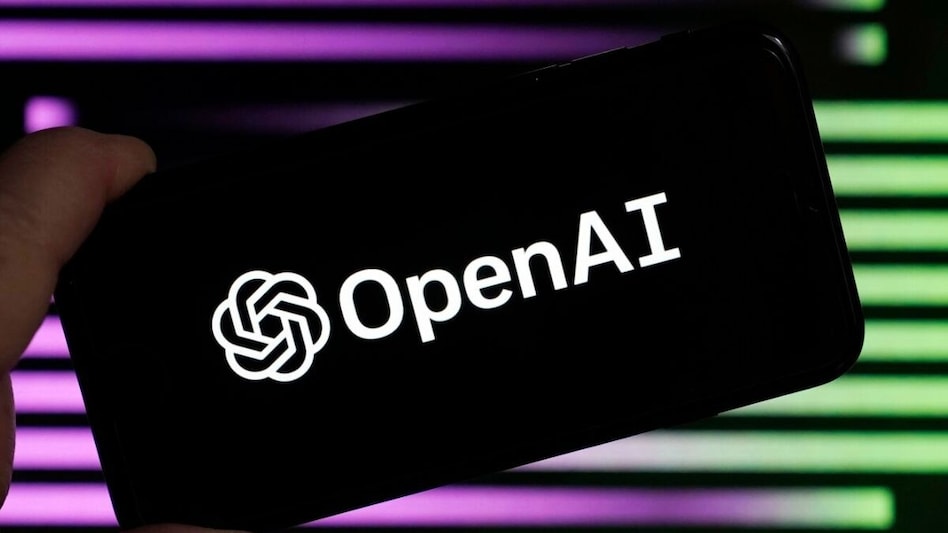OpenAI Delays Public Launch of Open-Source AI Model to Ensure Safety and Ethical Standards

OpenAI’s Highly Anticipated Open-Source AI Model Faces Uncertain Delay
The technology landscape witnessed a pivotal shift as OpenAI announced an indefinite delay to the public launch of its landmark open-source artificial intelligence framework. Originally scheduled for release in the coming week, the sudden postponement was communicated directly by CEO Sam Altman via X, underscoring the importance of thorough risk assessment and additional safety testing before any public deployment. This decision reverberates across the developer and research communities, both of which have been closely tracking OpenAI’s progression toward broader accessibility and transparency in advanced machine learning systems.
Altman’s statement revealed that the delay stems from the necessity to meticulously evaluate possible risks associated with the distribution of such a powerful system. Unlike prior proprietary offerings, this forthcoming model stands out for allowing unrestricted download and local operation. The openness presents not just an opportunity but a profound responsibility for OpenAI, as releasing core model parameters—known as weights—cannot be reversed after distribution. This singular feature amplifies concerns regarding responsible usage, potential misuse, and the broader implications for global digital infrastructure, echoing ongoing debates about the practical boundaries of open-source artificial intelligence.
This postponed launch highlights a significant moment in OpenAI’s trajectory. The organization, once solely focused on rapid innovation, now places heightened emphasis on long-term safety and the ethical stewardship of artificial general intelligence. Over recent years, the company has taken a measured approach to releasing models, prioritizing reliability, transparency, and societal benefit. The open model in question—expected to mirror the reasoning capacities of the organization's flagship o-series models—was viewed as a critical step in enabling wider innovation. The delay signals that the organization is deeply invested in ensuring their contribution to the AI community meets the most stringent reliability standards before exposing the underlying technology to the world’s developers.
Defining Key Elements of OpenAI’s New Model
At the center of this development lies a distinct technological milestone: the model’s architecture enables full local use, empowering organizations, individual developers, and researchers to experiment, audit, and customize the technology on their own infrastructure. The open release contrasts sharply with other high-profile launches such as GPT-5, which remains strictly controlled and accessible primarily through cloud-based APIs. By choosing a more permissive release path, OpenAI’s initiative was poised to fuel advancements in natural language processing, conversational AI, and intelligent automation, potentially leveling the playing field for academic and smaller industry players not typically privy to proprietary systems.
OpenAI’s decision to delay also subtly acknowledges the intensifying competitive environment. The current AI landscape is marked by rapid progress and an evolving arms race, with prominent actors like Google DeepMind, Anthropic, and xAI also vying for thought leadership through their own generative models. Each contender balances ambition with the imperative to address unresolved safety questions, revealing the delicate equilibrium organizations must maintain between openness, compliance, and innovation. Rather than simply aiming for first-mover advantage, OpenAI demonstrates an insistence on getting the deployment right—both technically and ethically—before releasing such influential assets into the wild.
Community reaction has been characterized by a mixture of disappointment, respect, and heightened curiosity. Developers had anticipated immediate access to the open model as a generational advancement in AI democratization. The company’s evolving release strategy, however, places collective security and best practices at the forefront, prioritizing exhaustive risk checks over competitive urgency. This move may temporarily shift attention to competing projects, but it reiterates OpenAI’s philosophy of prioritizing cautious stewardship over unchecked proliferation in the field of deep learning.
Origins, Milestones, and Terminology
To understand the weight of this moment, it is important to track OpenAI’s journey and the core terminology at play. The organization gained global recognition by introducing generative pre-trained transformers, most notably GPT-3 and its successors. These models revolutionized human-computer interaction by generating text, summarizing data, and supporting creative applications across countless verticals. The current open initiative was designed not just as an incremental improvement, but as a paradigm shift toward open collaboration, enhanced transparency, and reproducibility in artificial intelligence research.
Key terminology such as “model weights”—the learned parameters that encode a system’s intelligence—becomes crucial when discussing open-source releases. Once these are shared, any developer gains the ability to analyze, adapt, or repurpose the technology in ways that closed-source, API-only solutions simply do not allow. This openness, while enabling broad innovation, also elevates the risks that Altman and his team are working meticulously to address through additional testing and review of high-risk areas.
The indefinite pause represents not just operational caution, but a mature recalibration in how powerful computational tools should be introduced globally. OpenAI’s approach now visibly centers on comprehensive assessment and accountability. As the organization works to resolve the outstanding safety issues, the broader community is left to anticipate a release that, when it arrives, promises both technical advancement and a renewed standard for responsibility at the cutting edge of machine learning and generative intelligence.
